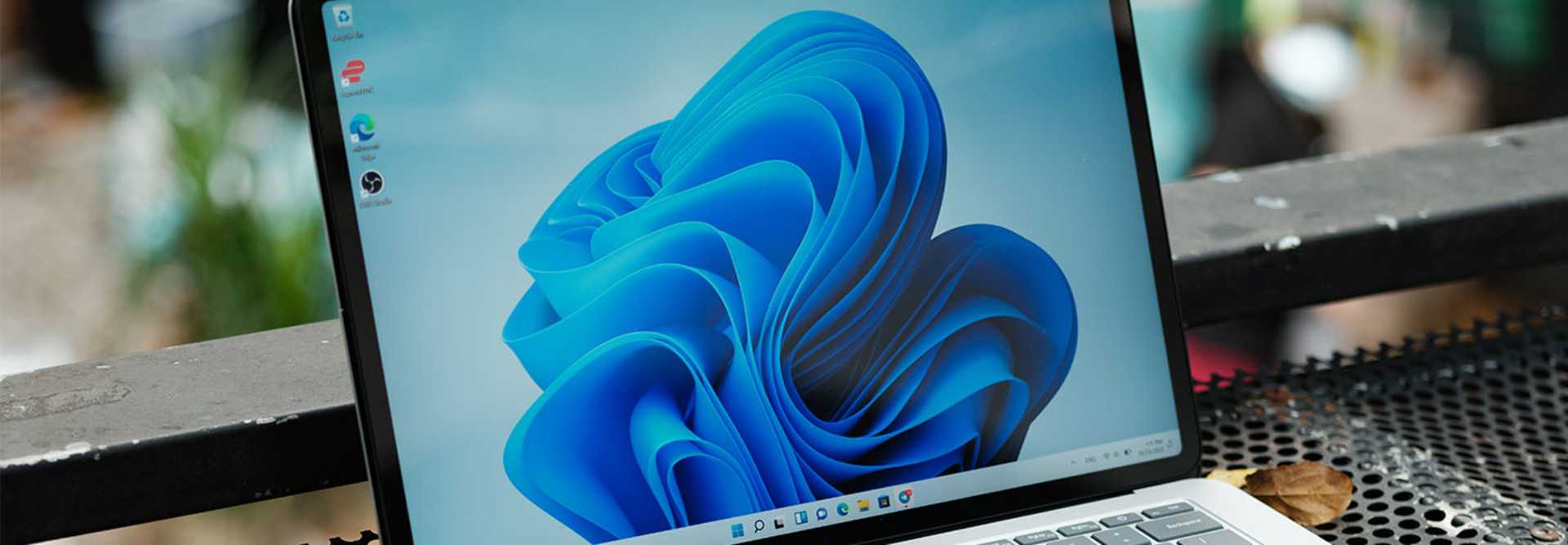Why You Should Upgrade to Windows 11
Regardless of deadlines, upgrading to Windows 11 is something you should be eager to do. The new OS is a big improvement over Windows 10, which was first released almost 10 years ago, in three important ways:
- Designed for hybrid work. As employees work from anywhere businesses have reason to be worried about all those vulnerable Wi-Fi networks. Windows 11’s security features are designed to mitigate these risks for hybrid workers.
- User experience. Windows 11 delivers a much improved experience for users, including a redesigned Start menu that can be customized with preferred apps and files, handle multiple virtual desktops, and otherwise support the remote and hybrid workforce.
- Readiness for artificial intelligence. Microsoft Copilot is a new generative AI tool that allows users to work more efficiently. Copilot — and especially the Pro version of Copilot that integrates with organizations’ own Microsoft 365 tenants — is a transformative technology that can help easily create memos, reports and other documents using knowledge the AI gleans from an organization’s data. Still, businesses should ensure they’ve reviewed their own AI readiness and have thought through their AI strategies before splurging on an upgrade such as Copilot Pro. CDW is ready to help with a number of workshops tailored just for that purpose.
DIG DEEPER: Windows 11 offers a new cybersecurity approach for businesses.
What to Know Before Upgrading to Windows 11
One of the most exciting things about Windows 11 is that it can help businesses harness the power of AI. But IT leaders should be aware that even with Windows 11 installed, employees working with devices that aren’t equipped with AI-compatible chipsets may experience performance lags while trying to run AI-based workloads.
Manufacturers are now releasing AI PCs with built-in neural processing units. To be clear, Windows 11’s technical specs do not require AI PCs. But if you’re upgrading devices as part of preparing for an OS upgrade (or for any reason), it’s worth asking whether you should future proof your organization by acquiring devices designed for the AI era.
Any device refresh is full of considerations. For example, a business deploying dozens (or hundreds) of devices at once must consider how it is going configure them all. Windows Autopilot is a simple way to get that done without burying your IT staff in work. CDW will do the configuration for you, then ship devices directly to end users wherever they work.
Another consideration when acquiring new devices is what to do about the ones they’ll replace. Simply tossing them in the trash is wasteful, environmentally unsound and, depending on your location, probably illegal. CDW’s IT asset disposition service is also a great resource to help users manage the end of product lifecycles and dispose of old IT sustainably and cost-effectively. We’ll work with you to determine whether your devices should be recycled or refurbished so you can recover some of their remaining value, then handle the logistics.
Any organization running the Windows OS that hasn’t upgraded to Windows 11 should do so immediately. As always, we’re here to help.
This article is part of BizTech's AgilITy blog series.
Editor's note: This article was originally published on September 30, 2024 and has been updated.













